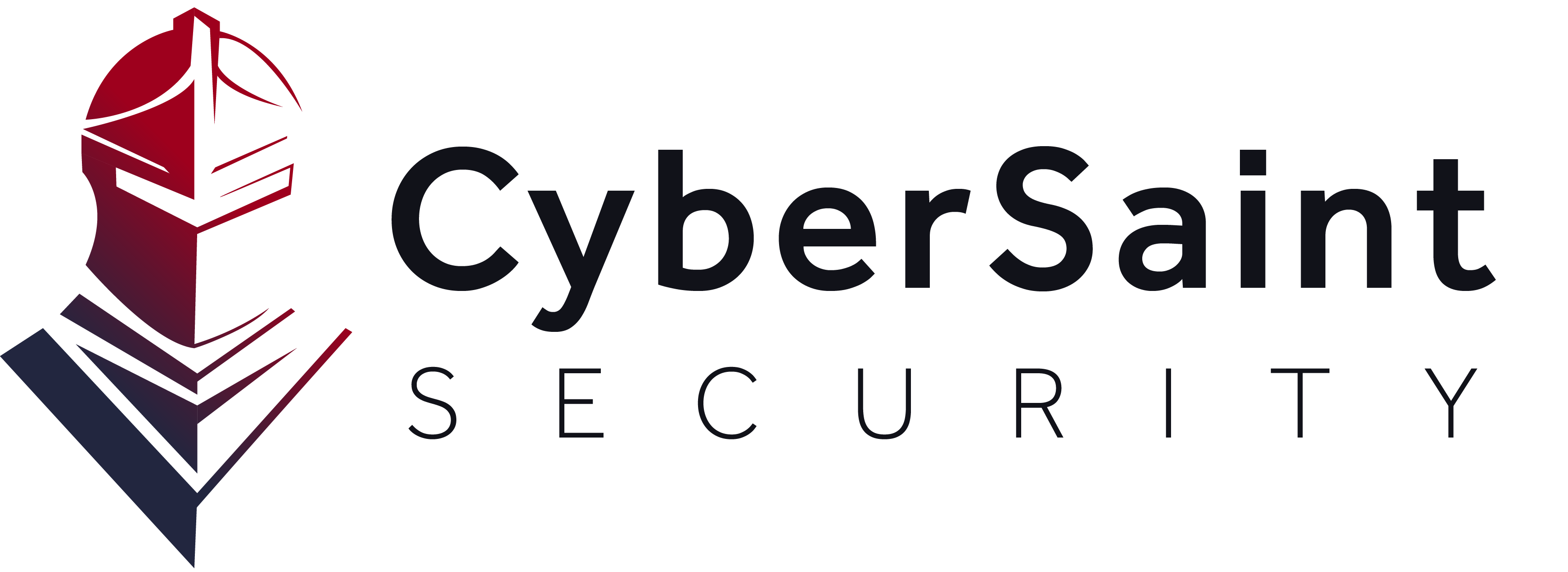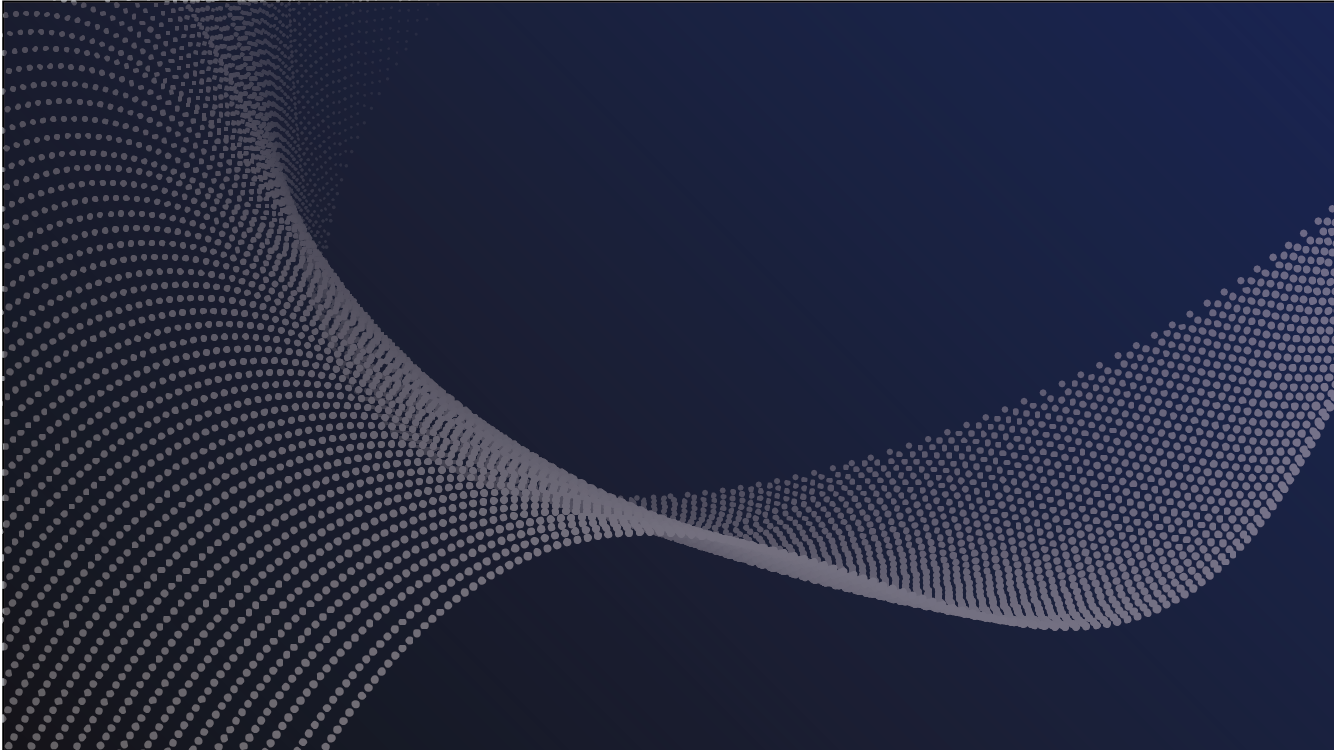As noted in the last blog post, we will dive into the five functions that make up the NIST Cybersecurity Framework Core, why they are important, and what they mean for your organization. Together, identify, protect, detect, respond, and recover give a strategic view of the lifecycle of an organization's management of cyber risk, at an easily digestible high level.
This post focuses on the protect function, the second function of the framework.
NIST says that the framework functions "aid an organization in expressing its management of cybersecurity risk by organizing information, enabling risk management decisions, addressing threats, and improving by learning from previous activities."
The protect function is important because it aims to "develop and implement appropriate safeguards to ensure delivery of critical infrastructure services. The Protect Function supports the ability to limit or contain the impact of a potential cybersecurity event. Examples of outcome Categories within this Function include Identity Management and Access Control; Awareness and Training; Data Security; Information Protection Processes and Procedures; Maintenance; and Protective Technology," according to NIST.
Protect covers these categories:
- Access Control: validating identities and access to different systems, facilities, etc.
- Awareness and Training: Education and training allow employees and others to be part of your cyber plan.
- Data Security: Manage your data according to company standards to mitigate cybersecurity risks, and protect its Availability, Integrity, and Confidentiality proactively.
- Information Protection Processes & Procedures: Put in place the policies, processes, and procedures that you need to manage the protection of your assets.
- Maintenance: Continuously repair your Information System components and mitigate them
- Protective Technology: Deploy the security solutions needed to protect them in line with company policies
Some examples of ways to attain these requirements are:
- Prevent data breaches by using 2FA, and MFA, and controlling access to your environments and data.
- Ensure your people are properly trained in handling your company's critical data and various access levels. Prevent accidents as much as possible.
- Make sure your data is encrypted, in motion, and protected in all ways possible
Organizations must evolve as breaches are becoming all the more common. By focusing on the protect function, you can put in place the policies and procedures to lay a strong foundation for your cybersecurity program as it matures in all five functions.
Learn How CyberStrong Streamlines the NIST Cybersecurity Framework Adoption










